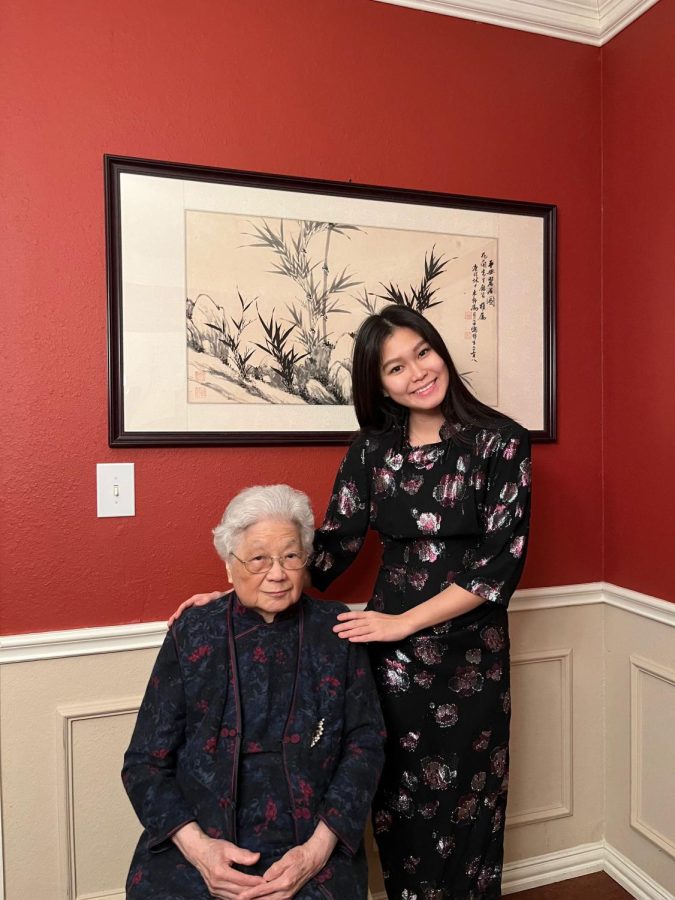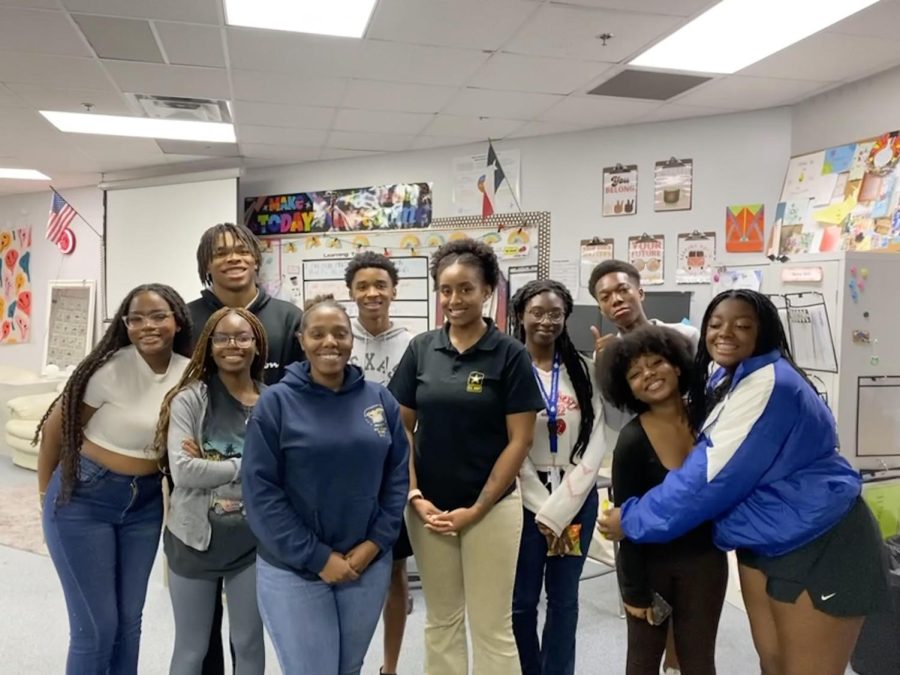Whether you prefer the iPhone or Galaxy S3, iPad or Galaxy Tab, everyone seems to be caught in the middle of the love-hate relationship between Apple and Android. Apple devices use the operating system iOS, while Google licenses their operating system, Android, to multiple manufacturers, such as Samsung and Motorola. Apple maintains an exclusive image by only allowing iOS on Apple products. Android, however, has been included on nearly 100 different device models. The biggest differences between the operating systems themselves fall into three main categories: applications, multimedia and interface.
Apple may boast that they have an app store with more than three times as many available apps as Android, but Android gets the spotlight for widget technology, which is completely missing on iOS. In addition, Apple enforces strict quality control over all apps available on their devices. iOS users are restricted to Apple’s App Store for downloading apps. Android gives users the option of several channels from which to buy applications. However, Google has no control over the safety of the apps being distributed through these channels, resulting in potential viruses and other technological problems.
“I use PlayStore to get apps on my Android,” junior Leslie Pervere said. “It is easier to search for and find what you are looking for than with the massive, jumbled iTunes files. Android is not as restrictive as iPhone when it comes to where you buy your music and apps. I like having the option to use a variety of places.”
The iTunes dominance of multimedia sales has presented a huge obstacle for Android users. The trouble of switching from iTunes to GooglePlay, Android’s multimedia store, is one of the biggest advantages iOS holds over Android. iTunes makes putting music on non-Apple devices a hassle.
“The iOS6 is great and the music sounds really good compared to Android,” junior Mackenzie Baldwin said. “Getting music from iTunes to my old Android was a pain and always poor quality. Now, all my music syncs automatically and I can buy songs straight from my iPhone.”
The user interface of iOS is the exact same across the board. iPhones and iPads will look and run the same no matter whose mobile device you are looking at.
“The iPhone display is so much more convenient than the Android,” senior Leah Cherner said. “It is nice that you can group the applications the way you want them to be so that they are accessible for you. I also like that I understand iPhones. I can never find anything on an Android because they all run differently.”
Google has allowed Android to be molded to the needs and specifications of the manufacturer. This makes all Androids unique and customizable.
“Android display is not as easy as iPhone and it took me a while to get used to it,” Pervere said. “The Android display is more spread out and there are no files or groups. Also, the screen on my Android is vivid and colorful. The motion of the apps and the background makes it more exciting to use than the iPhone.”
In various tests, with a wide range of scientific measure, the iPhone 5’s hybrid of aluminum and glass consistently gives it an advantage in screen durability. The Galaxy S3 on the other hand, with its lightweight plastic body, falls short in drop tests compared to Apple products.
Some people are concerned that Apple has gotten too big to be safe. The monopoly has created virus hazards.
“Apple products are not safe because they have little protection against viruses,” junior Stephen Banko said. “As soon as someone starts writing viruses for Macs a lot of people are going to be affected. If I had to choose between Apple and Android, I would use an Android because they are safer.”









